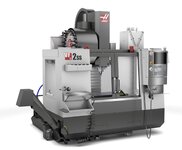- Messages
- 1,917
- Reactions
- 4,789
Painstakingly cranked out another 100 rounds of 9mm on my Lee single-stage using stuff I didn't want. 147gr RMR TCFP bullets, 3.5 gr of Titegroup, and Federal Small Pistol primers using 3-4 times fired mixed brass. Bringing them with me on a road trip next month for my dad and I to burn through in the Arizona desert for fun.

Yes, it takes a couple of hours, but I never worry if there are any double powder charges, or primers upside down, or bullets upside down, or any other number of issues I see from the progressive set ups.

Yes, it takes a couple of hours, but I never worry if there are any double powder charges, or primers upside down, or bullets upside down, or any other number of issues I see from the progressive set ups.













